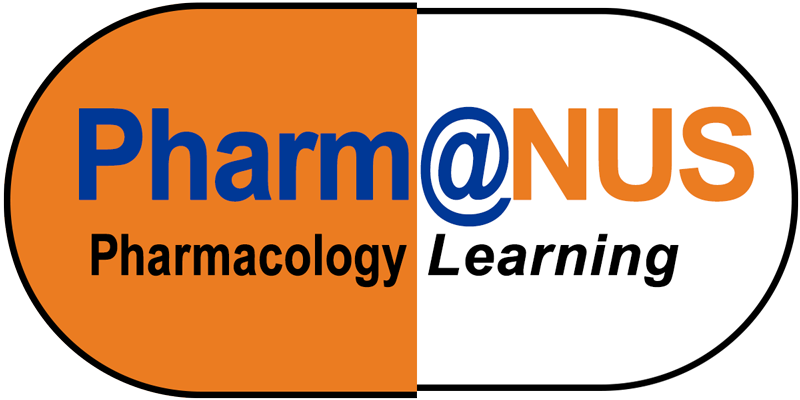Non-steroidal anti-inflammatory drugs (NSAIDs) are contraindicated in the third trimester of pregnancy because of the risk of premature closure of the ductus arteriosus. So why is aspirin used to prevent preeclampsia?
Low-dose aspirin is used to prevent preeclampsia in women at high risk of developing preeclampsia. However, NSAIDs are known to promote closure of the ductus arteriosus (see Cyclooxygenase inhibitors for closure of the ductus arteriosus) and so are contraindicated in the third trimester of pregnancy. So why is aspirin used to prevent preeclampsia?
Preeclampsia is associated with increased platelet turnover and increases in platelet-derived thromboxane levels. Low doses of aspirin once per day are sufficient to be antiplatelet and reduce thromboxane production by the platelets. Such low doses are unlikely likely to trigger closure of the ductus arteriousus and so are relatively safe even in the third trimester of pregnancy. Thus, for the women at high risk of preeclampsia the risk-to-benefit ratio is in favour of prescribing low-dose aspirin.
Additionally, it has been reported that preeclampsia is associated with exaggerated inflammatory responses. The anti-inflammatory actions of aspirin may therefore also be beneficial in preventing preeclampsia, although the low doses used would not produce a strong anti-inflammatory effect.
There remains debate over the optimal dose and the best time to start aspirin treatment. Typically, doses between 75 mg and 162 mg/day have been used started typically before 12 weeks of gestation and certainly before 16 weeks.
Reference:
August, P & Jeyabalan, A (2019) Preeclampsia: Prevention. Lockwood, CJ & Barss, VA ed. UpToDate. Waltham, MA: UpToDate Inc. http://www.uptodate.com (Accessed on February 19, 2019).
